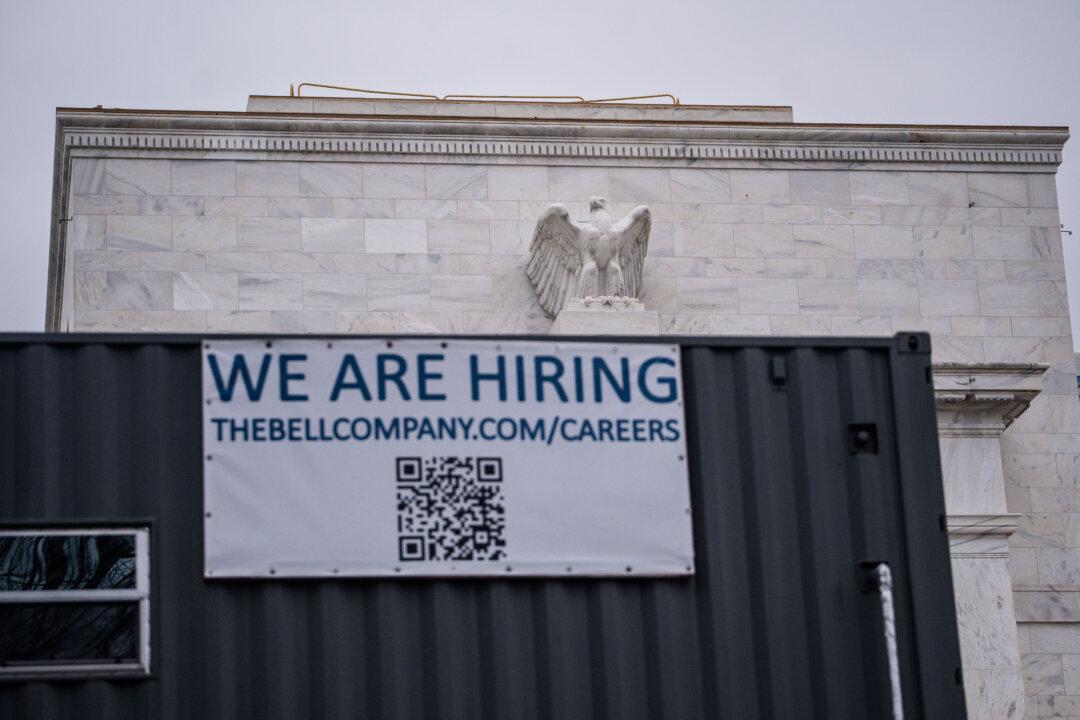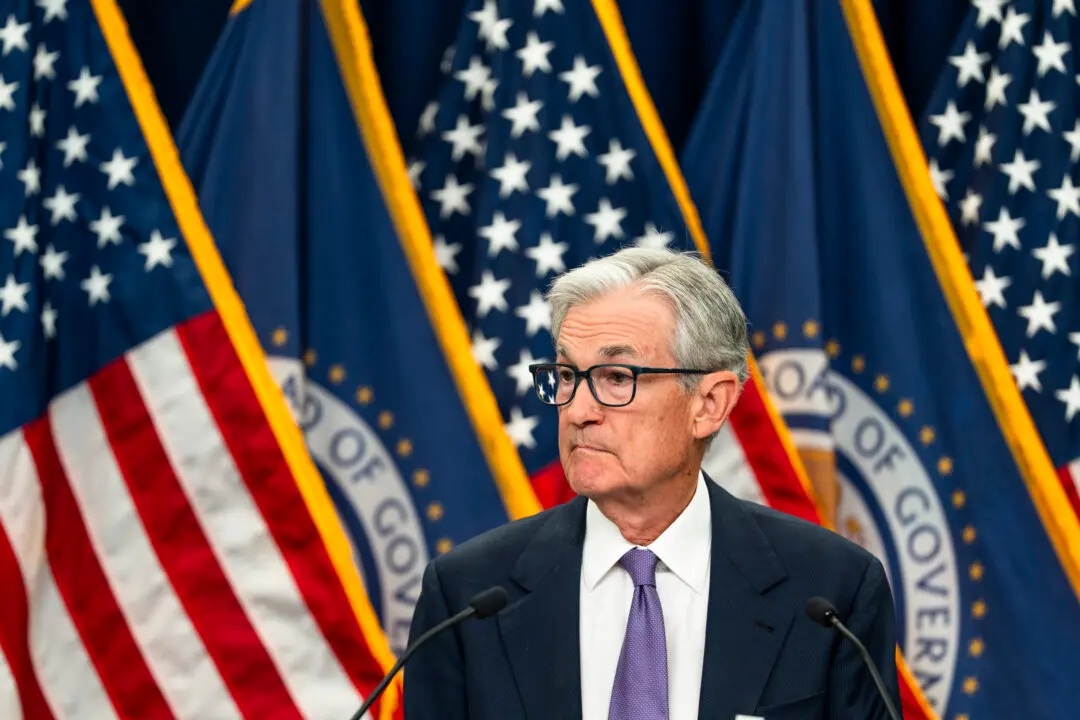Commentary
Bull markets naturally climb a “wall of worry,” and the latest worries center around escalating wars, the presidential race, and delays in Fed rate cuts. I’ll start with rising concerns over the escalation of the four-month-old war in the Middle East, since U.S. facilities in the Middle East have been attacked at least 166 times since last October. As a result, the U.S. has dramatically stepped up its attacks on Iranian proxies operating out of Iraq, Syria and Yemen. It will be interesting now to see if Iran will escalate further.





